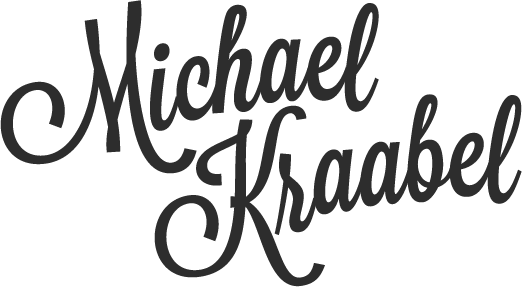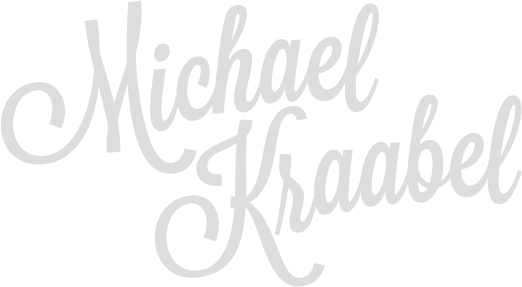Embracing Real Work Over Rhetoric
https://i0.wp.com/www.kraabel.net/wp-content/uploads/2019/06/3DSYSTEMS_PROOF_06012017_BOLIN-7893.jpg?fit=1024%2C683&ssl=1 1024 683 Michael Kraabel Michael Kraabel https://i0.wp.com/www.kraabel.net/wp-content/uploads/2019/06/3DSYSTEMS_PROOF_06012017_BOLIN-7893.jpg?fit=1024%2C683&ssl=1The Joy of Being a Hands-On Creative and Marketing Executive: Embracing Real Work Over Rhetoric
In marketing and creative strategy, there exists a dichotomy between those who relish hands-on involvement and those more inclined toward discussion and rhetoric. For individuals like myself, the allure of delving into the nitty-gritty of operations, actively participating in the creation process, and engaging directly with clients is not just a preference but a fundamental part of my professional identity.
My journey as a hands-on creative and marketing executive is underlined by the profound understanding that comes from being in the trenches. This experience has been instrumental in shaping my perspective, as it provided an intimate knowledge of what it truly takes to bring visions to life. There’s an inherent joy in “making stuff” rather than just deliberating about it. The tangible act of creating, whether crafting campaigns or designing strategies, offers a level of satisfaction that transcends mere discussions or plans.
Leaving The Office Behind
Stepping out of the confines of the office and immersing oneself in the client’s world brings an unparalleled depth of comprehension. Witnessing client operations, conversing with their personnel, and experiencing their environment firsthand offer insights impossible to glean from a distance. This immersive approach fosters a more intimate understanding of the client’s needs and establishes a stronger rapport built on genuine interaction rather than sterile reports or presentations. I’ve always advised fellow leaders to keep an office but never use it. Give that space to your teams for working sessions, lunches, or occasional gossip.
Strategy Through Experience
When it comes to leading strategy sessions, I’m inclined to lead the discussions, and posing thought-provoking questions helps drive interactive problem-solving. By being at the helm of these conversations, I directly engage with the situation’s pulse, eliciting real-time feedback. This direct interaction ensures a more comprehensive comprehension of the issues and enables me to adapt and refine strategies promptly.
Talking vs. Practicing
In the case of larger digital transformation projects, I have encountered a prevalent but often overlooked truth: the disparity between knowing buzzwords and understanding practical implementation. Many may speak the language of digitization, but only a few possess the know-how to translate these concepts into concrete action. A hands-on approach has given me a unique edge in this domain, allowing me to bridge the gap between theoretical knowledge and its practical application. I dabble quite a bit in my spare time with digital platforms and marketing – beyond mere strategy. I enjoy the challenge of building websites, setting up CRM systems, tracking analytics, and determining return on investment.
I’m My Own Worst Enemy
Sometimes, an unintended consequence of being deeply entrenched in the work is inadvertently becoming a roadblock to personal success. Immersion in tasks can inadvertently create a bottleneck, hindering the progress of broader initiatives and personal growth. Recognizing this, I’ve learned the value of delegation and empowering team members. I’m still not that great at it, but I’m learning.
Delegating tasks not only lightens the individual workload but also allows for the growth and development of others. Building up the team’s capacity through delegation alleviates the burden and cultivates a sense of ownership and skill development among team members, allowing them to flourish and collectively drive success. Balancing hands-on involvement with effective delegation is the key to personal growth and the overall advancement of the team and the projects at hand.











